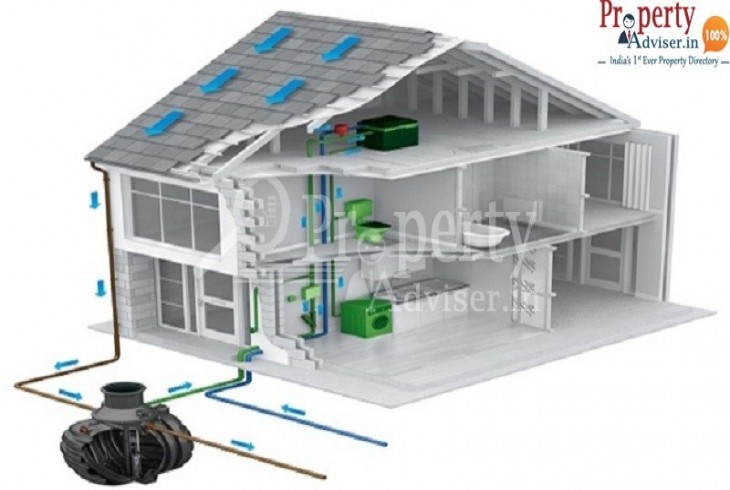Humanity is alarmingly faced with a water shortage, caused by a variety of causes. The climatic change and on the other by the constant and uncontrolled increase of the world population.
One of the procedures that could certainly help or even solve this problem is the collection and storage of rainwater for later use. The application of new economic technologies, coupled with a growing need and awareness about water care, is seeing the slow reappearance of this system.
Rainwater Harvesting
Collecting rainwater involves using the space of the roofs and roofs of a building to capture the water precipitating from the sky. This water will be channeled, filtered and stored in a large tank or cistern for later use when necessary.
Benefits of water harvesting
- Supports a free self-supply of a type of water of great quality that allows to obtain a partial or even total independence of the public supply networks
- It can help to significantly relieve excess demand from public supply networks, contributing to better conservation of public reserves in the event of shortages.
- It implies a significant energy saving by not having to use electricity to pump at least a part of the water that is going to be used from the reserves to each house. Water pumping for urban areas consumes large amounts of energy that would be saved if part of the supply was self-contained in each household.
- On the other hand, there are techniques and procedures for purifying rainwater that allow full use of it. It involves the passage through different types of filters, their sterilization, and their chlorination. These are in general more complexes to have a periodic control of them to assure the quality of the same.








